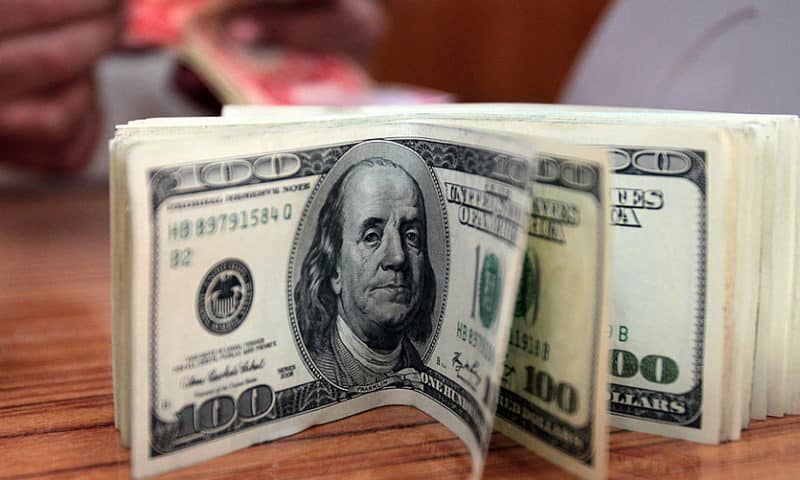As U.S. equities stumble, the Japanese yen has surged, to ¥113
The U.S. dollar strengthened on Monday against most of its major rivals to begin the week.
The ICE U.S. Dollar Index DXY, +0.18% a measure of the greenback against six major counterparts, strengthened to 95.739, up 0.2%. The index reached an intraday high of 96.03.
The euro, EURUSD, -0.2262% which accounts for more than 50% of the popular index, was trading at $1.1492, compared with $1.1523 on Friday, as political concerns out of Italy weighed on the common currency. Earlier in the New York session, the euro traded to $1.1461, a seven-week low.
“The euro remains under pressure at the start of the week with Italian government bond yields rising further, dragging the 10-year BTP/Bund spread out to nearly 300 basis points, pointing to a weaker euro,” wrote Nick Cawley, analyst at DailyFX. Three hundred basis points is equates to 3 percentage points.
“The latest move higher in Italian yields reflects increasing concerns from the EU Commission that Italy’s budget is a ‘source of concern’ prompting fears of a showdown between the two. Italian 10-year yields have doubled since early May and are likely to test 4.00% in the short-term.”
After surging above $1.31 on Friday, the British pound GBPUSD, -0.3666% has surrendered gains and traded at $1.3092 versus $1.3115 late Friday in New York.
Meanwhile, the Canadian dollar USDCAD, +0.1929% is trading 0.2% lower against the buck as slumping oil prices weigh on the commodity-dependent currency. The loonie is on a five-day losing streak against its southern neighbor and oil settled lower for a third consecutive session. One dollar last bought C$1.2961, compared with C$1.2942 late Friday.
The Japanese yen was the lone G-10 currency to outperform the buck early Monday. The yen has rallied amid broad-based equity weakness that has been led by China where both Shanghai SHCOMP, +0.17% and Shenzhen 399106, -0.09% finished down more than 3.5%. A single dollar was last buying ¥113.02, compared with ¥113.71 on Friday.
The Brazilian real USDBRL, -0.0529% surged more than 2% after far-right candidate Jair Bolsonaro won 46% of the votes in the first round of the presidential elections. The man dubbed as the Brazilian Donald Trump is now a favorite to win the final vote Oct. 28.
The move in the real has industry participants eyeing a key momentum indicator. “The low in July/Aug was around 3.6870 in spot terms and that is the next level to watch with the 200-dma just below there around 3.6051 after that,” wrote Brad Bechtel, managing director at Jefferies LLC, referring to the currencies long-term 200-day moving average.
Elsewhere, the slide in the Australian dollar AUDUSD, -0.1130% has abated for now with the Aussie trading at $0.7067, compared with $0.7051 on Friday.

